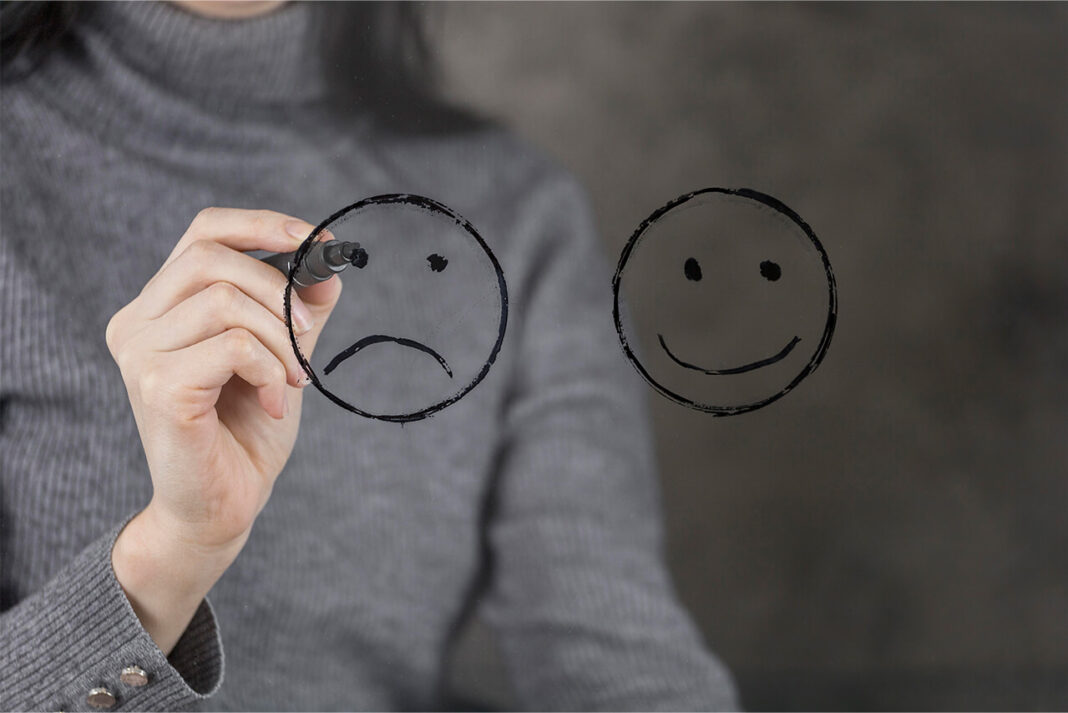Some words can seem distant or theoretical when we first hear them, as if they only belong in books or academic settings. But in reality, they are deeply ingrained in our everyday lives, shaping our actions without us even realizing it. One such concept is the self-fulfilling prophecy. The more we believe in something, the more we unintentionally move toward becoming that thing. It’s a little scary, isn’t it? But it’s also hopeful. This mechanism can both trap us and lift us up.
The Role of Belief in Shaping Our Actions
Our beliefs dictate how we act—sometimes through large, noticeable steps, and sometimes through small, subtle reactions. Even our silences, eye rolls, and body language are influenced by what we believe. Over time, our behavior matches our expectations, and eventually, we find ourselves at the very outcome we anticipated. It’s almost like we’re deliberately guiding ourselves toward that end to prove our beliefs correct: “See, I told you so!” But here’s the truth: that outcome wasn’t inevitable. We reached it because we believed in it.
The Mind’s Struggle to Control Life: Martin Seligman’s Research
One of the first psychologists to highlight this phenomenon was Martin Seligman, the father of positive psychology. However, when he first explored this idea, it wasn’t from a positive standpoint. In an experiment with dogs, Seligman observed that dogs that had learned helplessness didn’t try to escape even when given the chance. When the mind believes there’s no way out, the body gives up. This principle can apply to humans as well. When we think, “I can’t do it,” our hands drop, we give up, and we really can’t do it.
Consider a student who’s afraid of an exam. They study while thinking, “I can’t do it,” and can’t focus. During the exam, their hands and feet become tangled, and they fail. What causes this failure? It’s not the exam itself—it’s the internal belief formed long before the exam even began.
How We Trap Ourselves
The most dangerous trap is the one we set for ourselves. Someone who withdraws from social situations, avoids eye contact, and becomes silent often doesn’t act that way because they want to, but because they believe they should. The moment they think, “Nobody loves me,” they lock themselves in, preventing any possibility of love. Then, they become frustrated because nobody knocks on their door. But they’re the ones who locked it in the first place.
The Impact of Childhood Messages
This story doesn’t begin in adulthood—it often starts in childhood. Phrases like “You’re clumsy,” “You don’t behave,” or “You’re always late” eventually become internalized voices, shaping our self-image. Over time, these messages transform into our identities. Years later, we live according to these beliefs. The people who originally said these things may have forgotten them, but we’re still living with the consequences of those early words.
Social Prophecies: Collective Beliefs and Prejudices
The issue isn’t just personal—society at large writes stories about certain groups. We label people as “like this” or “like that,” and create invisible walls between “us” and “them.” These walls prevent connection and trust. Then, we confirm our own prophecy by saying, “See, they are exactly as we expected.” However, it’s the prejudice itself that creates this distance in the first place.
The Role of the Therapist: Encountering Your Own Beliefs
As a clinical psychologist, I often see clients who describe life events as inevitable outcomes. However, when we explore how they approach those events, we realize that those “inevitable” outcomes are actually shaped by their past beliefs. The inner voices of fear and self-doubt are often the ones scripting the outcome before the event even takes place.
How Cognitive Behavioral Therapy (CBT) Helps Break the Cycle
This is where Cognitive Behavioral Therapy (CBT) truly shines. CBT helps individuals recognize their automatic thoughts. By asking “Why do I feel this way?” we uncover the roots of these beliefs. Many of those roots aren’t based on reality—they are old beliefs or voices from others. Recognizing this gives individuals the power to rewrite their story.
Is a New Story Possible?
Absolutely. Life takes shape based on the story the mind believes in. The beautiful part is that we are both the authors and the heroes of our own stories. If we don’t like the narrative we’ve written so far, we have the power to turn the page and create a new one. As long as we don’t fall into the trap of believing in the prophecy of “I can’t change,” the possibilities are endless.
Understanding the Power of the Mind’s Beliefs
Consider this: how many times have you held back just because you were afraid? How often have you believed something was impossible and didn’t even try? Who decided it was impossible? Was it you, or was it something someone once told you?
Self-fulfilling prophecy isn’t just a trap—it can also be your most powerful tool. Negative beliefs can hold you back, but positive beliefs can propel you forward. It’s up to you which beliefs you choose to feed.
Who Will Write Your Story?
You don’t have to write your story with someone else’s pen. It’s possible to notice old prophecies, question them, and allow them to pass through you. Whatever story you believe in will ultimately shape your life. And the best part is, every story can be rewritten.
Remember, it’s your story, and the pen is in your hands.


